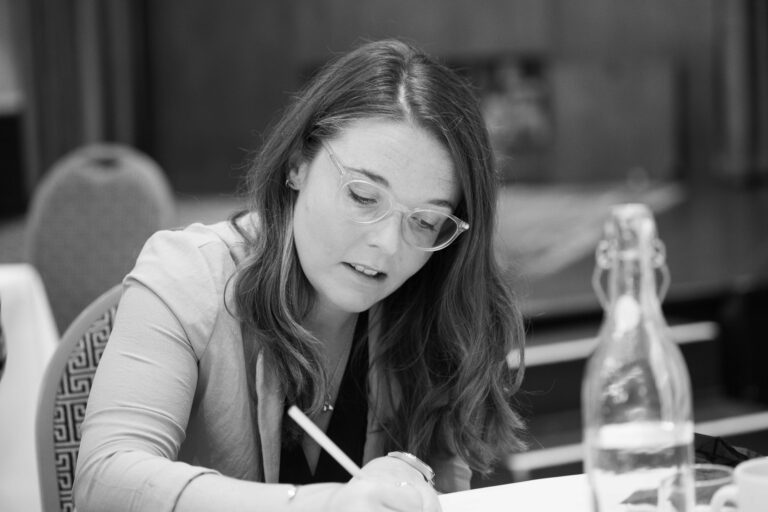The valuation of specialist assets for financial accounts can typically include a variety or properties from schools, leisure centres, museums, hospitals, police stations, and fire stations to name just a few. These are usually owned and operated by public sector authorities, or charitable operators under various contractual arrangements. The valuation of specialist assets are therefore often required for financial accounts, which is a complex and specialised task that requires the application of appropriate methods and assumptions, taking into account the physical, functional, and economic characteristics of each property.
The main purpose of valuing leisure centres, or other specialist properties, for finance accounts is to comply with the accounting standards and regulations that apply to public sector entities, such as the International Financial Reporting Standards (IFRS), the Code of Practice on Local Authority Accounting in the United Kingdom (the Code), and the Chartered Institute of Public Finance and Accountancy (CIPFA) guidance. These standards and regulations require public sector entities to report the fair value of their property, plant, and equipment (PPE) assets in their financial statements, and to revalue them at regular intervals, usually every five years.
Valuation of Specialist Assets for Financial Accounts
The fair value of an asset is defined as the price that would be received to sell an asset or paid to transfer a liability in an orderly transaction between market participants at the measurement date. In other words, it is the amount that a willing buyer would pay to a willing seller for the asset in its existing condition and use. The fair value of an asset may differ from its market value, which is the price that could be obtained from selling the asset in the open market. This is because the fair value reflects the specific circumstances and restrictions that affect the asset, such as its location, condition, tenure, and contractual obligations.
The valuation of specialist assets is usually carried out by using the depreciated replacement cost (DRC) method, which is one of the valuation techniques recommended by the International Valuation Standards Council (IVSC). The DRC method is based on the assumption that the fair value of an asset is equal to the cost of replacing it with a modern equivalent asset, less deductions for physical deterioration and all relevant forms of obsolescence and optimisation. The DRC method is suitable for valuing specialised properties, such as leisure centres, that have no or limited market transactions, and that are rarely sold in their existing use.
The DRC method involves the following steps:
- Estimating the gross replacement cost (GRC) of the asset, which is the cost of constructing or acquiring a new asset that provides the same service potential as the existing asset, at the valuation date. The GRC can be calculated by using the unit cost approach, which multiplies the area or volume of the asset by the appropriate unit cost rates, or the elemental cost approach, which breaks down the asset into its constituent elements and applies the relevant cost rates to each element. The cost rates should reflect the current market prices of labour, materials, and other inputs, and include allowances for fees, contingencies, and profits.
- Applying depreciation factors to the GRC, to reflect the loss of value due to physical, functional, and economic factors. Physical depreciation refers to the wear and tear of the asset due to age, use, and exposure to the elements. Functional depreciation refers to the loss of utility or efficiency of the asset due to changes in design, technology, or user preferences. Economic depreciation refers to the loss of value due to external factors that affect the demand or supply of the asset, such as competition, regulation, or social trends. The depreciation factors can be estimated by using the straight-line method, which assumes a constant rate of depreciation over the useful life of the asset, or the diminishing balance method, which assumes a decreasing rate of depreciation over time.
- Deducting the value of the land from the depreciated replacement cost, to obtain the fair value of the building and improvements. The value of the land can be estimated by using the market approach, which compares the subject land with similar land that has been sold or offered for sale in the market, or the residual approach, which deducts the value of the improvements from the total value of the property.
The valuation of specialist assets should also take into account any special features or circumstances that may affect the fair value of the asset, such as:
- The existence and enforceability of any covenants, restrictions, or obligations that limit the use or disposal of the asset, such as planning permissions, heritage listings, or environmental regulations.
- The availability and reliability of the data and information that are used to support the valuation, such as the cost rates, the depreciation factors, the market evidence, or the financial statements.
The valuation of specialist assets is a challenging and dynamic process that requires the application of professional judgement and expertise, as well as the adherence to the relevant standards and regulations. The valuation should be performed by a qualified and experienced valuer, who should document the methods, assumptions, and sources that are used in the valuation, and provide a clear and concise report that explains the rationale and the results of the valuation.
At Vickery Holman we have a number of RICS Registered Valuers who are experienced in these types of valuations and we would be happy to help with any queries you have on this.



